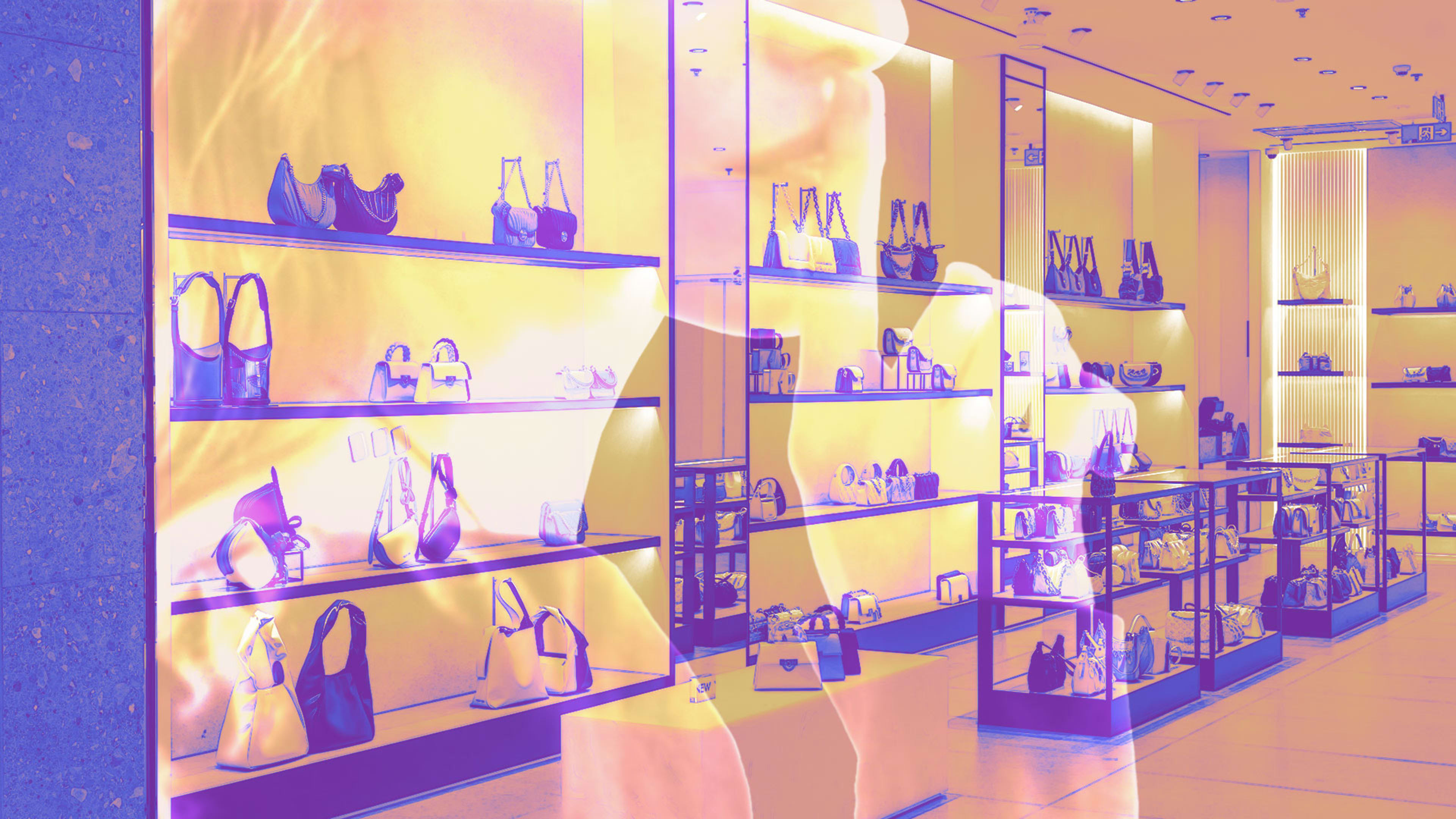In 2023, the world decided that flashy logos were gauche. Instead, consumers gravitated toward products that were high in quality and well made, but that were much more subtle in their marketing and visuals.
There were many reasons this concept—which we now call “quiet luxury”—became a big theme this year. It partly had to do with the economy. Post pandemic, as stimulus checks stopped coming and people spent more disposable income on entertainment, there was less money to spend on expensive, trendy products. People wanted to invest in classic, high quality goods that would last a long time. This ideas was reinforced by the pop-culture TV sensation Succession, in which the wealthiest New Yorkers eschew loud labels for elegant, but subdued clothes and accessories.
As with everything in consumer culture, however, quiet luxury may go out of style, as the pendulum of fashion swings. After months of muted colors and logo-free products, brands and designers are likely to change course, as a way to create a sense of newness.
But at Fast Company‘s Innovation Festival, Shilpa Shah, cofounder of the minimalist fashion label Cuyana, and John Meadow, founder of the Scarpetta restaurant group LDV Hospitality, argued that companies should resist the urge to go back to loud luxury. As founders who specialize in delivering high-quality, understated products and experiences, they both believe that quiet luxury is better for business. Here’s why:
Quiet Luxury is Customer Centric
At the heart of quiet luxury is a focus on the needs of the customer, says Shah. Flashy logos transform customers into walking billboards for a brand, but quiet luxury brands tend to be focused on the needs of the customers. “The ultimate luxury is having a product or experience that you feel like tailor made for you,” says Shah.
At Cuyana, for instance, Shah’s design team spends a lot of time researching their customers’ lifestyles and points of view. They discovered that the busy, professional women who buy their products are looking for problem-solving, time-saving solutions. This led them to develop a systems approach to products. Work bags full of office essentials can easily morph into diaper bags for the weekend or even a clutch for a dinner date. A new jacket can be adapted to different weather, transforming from a vest to a raincoat. “We’re constantly thinking about how to save our customer time and effort,” she says.
Meanwhile, at Scarpetta, Meadow is also laser focused on how his customer is experiencing their meal. While many restaurants design their rooms to highlight an expensive piece of art, or a trendy Instagrammable wall, Meadow is focused, instead, on creating moments of connection over a dinner. He’s interested in how comfortable the seats are and creating cosy nooks for couples, and tables that will create intimacy among larger groups. “You can’t buy these moments of connection and intimacy,” says Meadow. “We spend so much time trying to create them, because we know this is what will make the dinner memorable.”
Quiet Luxury Is Sustainable
The problem with trends is that they are designed to become obsolete, which means customers will toss them after a short time. Quiet luxury, on the other hand, is designed to be relevant for as long as possible. That’s why one of the ultimate symbols of quiet luxury is the beat up Hermès’s Birkin bag that has been passed from parent to child.
Today’s customers are profoundly aware of the climate crisis and the need to shop sustainably. Shah says that many of Cuyana’s customers are drawn to the brand because they want to shop consciously and responsibly; the brand coined the tagline is “fewer, better things.” So, the brand remains focused on creating products that are classic and the customer will want to hold on to for years. “We’re very thoughtful about our color palette, and silhouettes,” says Shah. “We’re very deliberate about not playing into trends. And we’re focused on the quality of the materials, so that they are durable enough to last generations.”
At Scarpetta, Meadow says that there are also trends in the world of fine dining. But he isn’t interested in playing into whatever cuisine or flavors happens to be in vogue. Instead, he focuses on creating simple, beloved dishes, using farm-to-table ingredients. One of his favorite dishes is a simple pasta. “Sourcing is very important to us,” he says. “It’s one way we can have an impact on the environment.”
Quiet Luxury Keeps Customers Coming Back
On the surface, it might seem like a quiet luxury approach isn’t good for business. After all, creating classic, durable products and low-key experiences doesn’t seem like a recipe for getting customers to come back for more. But the opposite seems to be true. Many of the most notable quiet luxury brands—like Loro Piana, Bottega Veneta, and Hermès—have thrived when their trendier counterparts have come and gone.
Meadow believes this is because customers get excited about trends, but they repeatedly come back to experiences that are consistently high in quality and tailored to their needs. “People love going back to that restaurant where the staff know your name and remember your favorite wine,” says Meadow. “They don’t go back to the place with the Instagrammable dessert.”
Shah says the same is true for Cuyana. While their products are designed to last a long time, the brand sells a wide range of goods. And when customers have a gap in their wardrobe for a new blazer or their wallet has worn out, they go to Cuyana because they know they will consistently get something that is well-designed and long-lasting. “Contrary to popular belief, quiet luxury is good business,” she says.
Recognize your brand’s excellence by applying to this year’s Brands That Matter Awards before the early-rate deadline, May 3.
